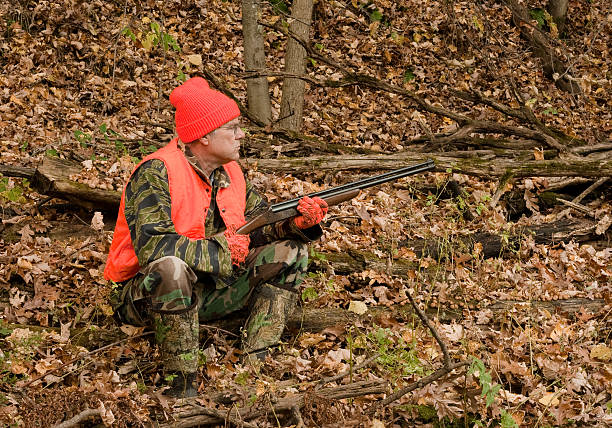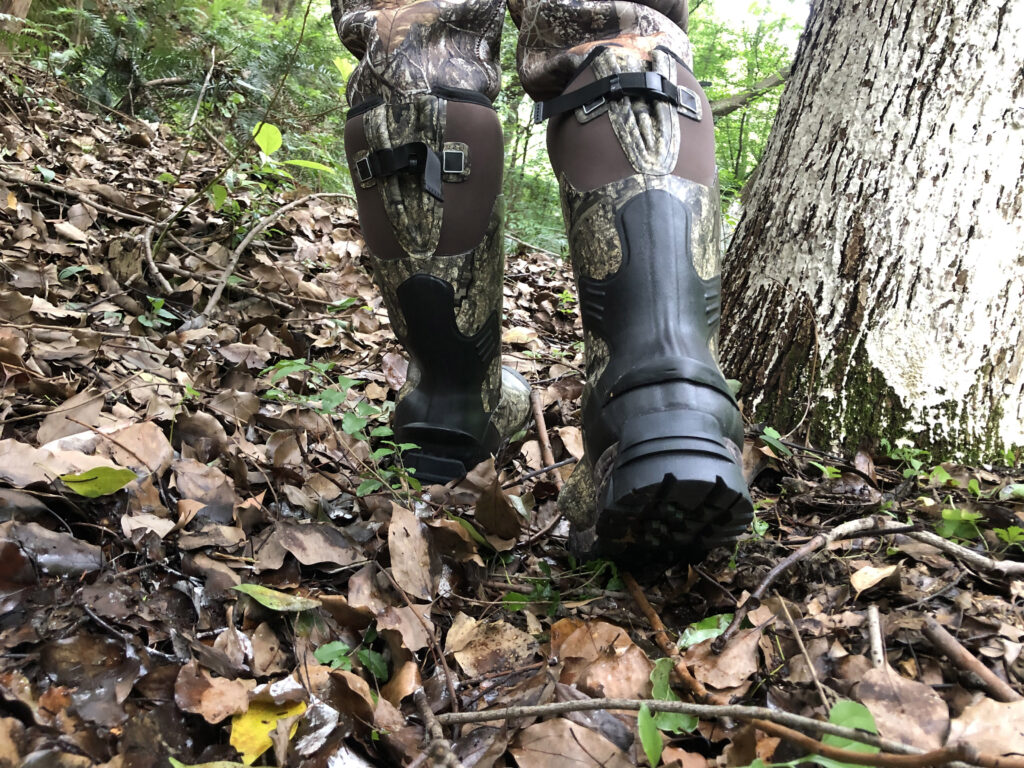Finding the right style is the first step in choosing the best hunting boot. Think about the boot’s height and weight. The taller the boot, the more support it gives your ankles, and the more protection it provides against rocks and sticks on the trail, and from snow coming in over the top. But, the greater the height, the greater the weight. Every ounce of weight matters in a boot because you’re picking it up and putting it down constantly. If you have weak ankles, you should probably opt for the most support possible, especially for hunting rough, steep terrain. If you want to wear short boots, you can make do with them in wet or snowy conditions by pairing them with gaiters.
You need to consider material, too, when choosing boots. Often you’ll have a choice of either all-leather or cordura, or a mix of leather and cordura. Leather is heavier and requires more care than fabric, but it’s tougher, less likely to puncture, and if you maintain it, it will last longer. Rubber is the ultimate waterproof boot, and the best choice for truly wet conditions. It also has the advantage of containing the scent from your feet, which matters a great deal if you’re hunting deer or other game that can smell you.
The best hunting boot is worthless if it doesn’t fit. Try on boots late in the day, when your feet have swollen to their largest size, and while wearing the socks you’ll wear on the hunt. Boots should fit snugly around the ankle, but without chafing, and they should be snug across the instep. You should be able to wiggle your toes. Boots that are too tight will cut off circulation, making your toes both uncomfortable and cold. Walk up and down an incline if you can. If your feet slip inside the boots, the boots are too wide.












